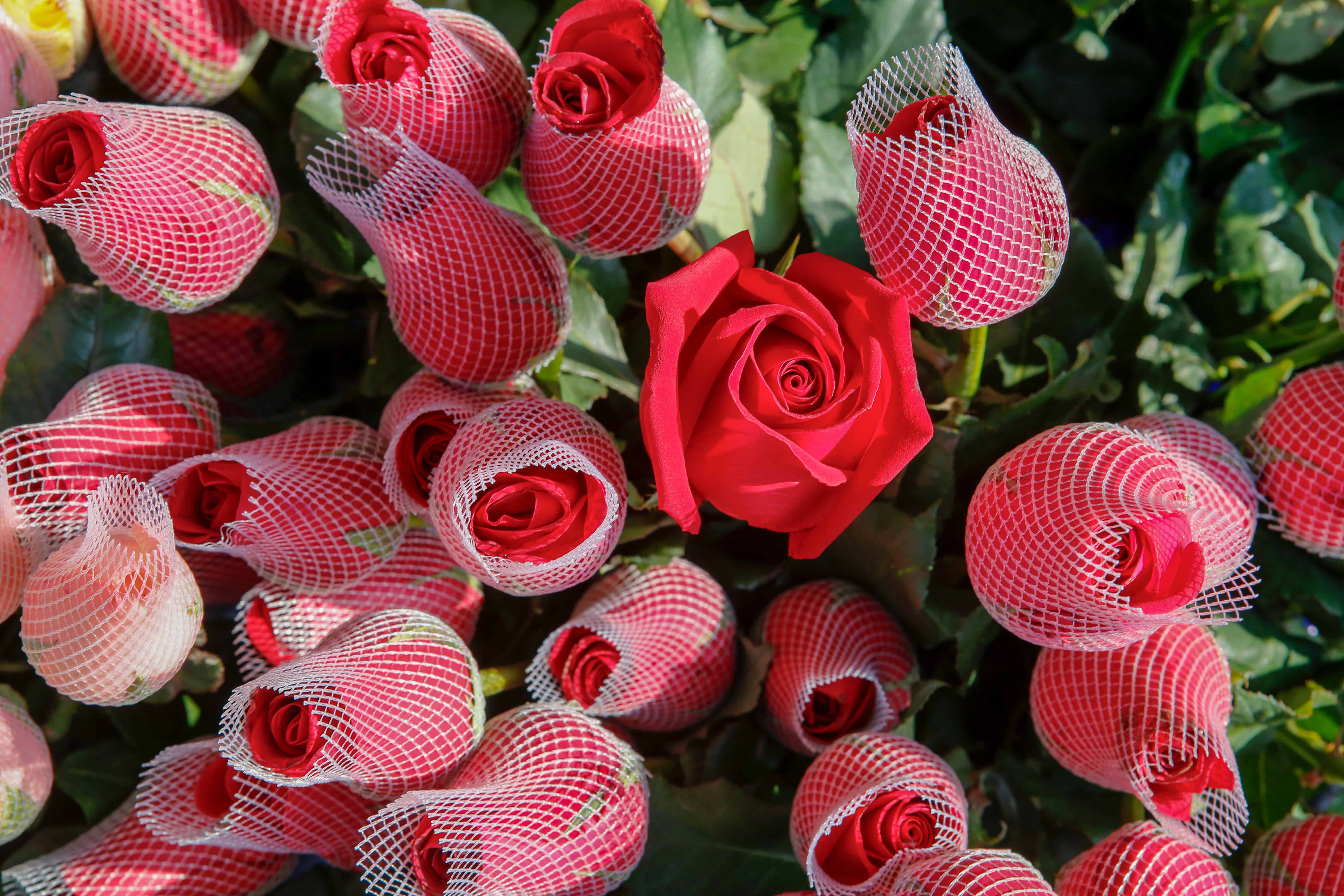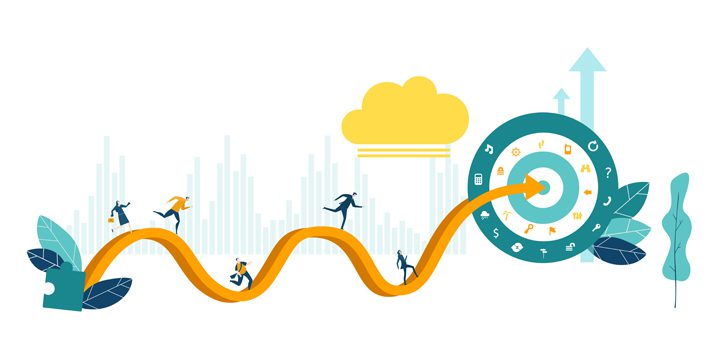So, it’s Valentine’s Day, and you are either filled with delight or dread. Will you be giving or receiving a bunch of freshly picked roses today? Probably not. “A rose by any other name would smell as sweet” may be the answer from florists around the globe. Yes, just like many other products consumers are struggling to get hold of, flowers have also been impacted by the great supply chain disruption.
Every rose has its thorn
Ecuador is the largest producer and exporter of commercial roses in the world, and as roses continue to be one of the most popular flowers especially on Valentine’s Day, there is a lot of pressure to deliver on time. For many U.S. consumers the traditional process in the supply chain lasted 10-12 days starting in South America where flowers are cut and packaged, flown to the U.S., transferred to a warehouse to be sorted and arranged, sent by refrigerated truck to a florist and then bought by the consumer. As the supply chain has evolved, the rise of online retailers has cut out the middleman, but the process can still last 10-12 days.
I never promised you a rose garden
There are several challenges within the floral supply chain. Freshness and length of life of the product is key, whether a flower is still in bud, so it opens slowly in the home, or whether it needs to be in full bloom for a special event. Just like arable farming, poor weather such as unusually colder periods and droughts drastically affect flower growers; so many flowers are thrown away because they don’t meet the required standards. Advances in technology to replace manual labor is not developing fast enough to meet the current demand of the floral industry; maintaining enough people to work on flower farms, in warehouses and in distribution continues to be challenging. Health and safety can be a concern as pesticide residue may still be on imported flowers from countries where such chemicals are widely used.
You don’t bring me flowers
Timing is problematic; if flowers are cut too early, they won’t open and don’t last. Suppliers are constantly adjusting delivery schedules and have struggled to find space on planes for imports as well as drivers for trucks with the right refrigeration vital to keep blooms fresh. And of course, one of the biggest challenges for the supply chain is seasonality, some of the most popular flowers are hard to source all year round when demand is even higher than pre-pandemic levels. Prices for flowers have also risen, so even if you do manage to get hold of a bunch of roses for Valentine’s, you are going to be paying even more.
Through rose-tinted glasses?
So why all the fuss? They’re just flowers you might say. Nevertheless, the U.S. is the biggest consumer of cut flowers globally spending $1.83 Billion annually. And the global demand for flowers has blossomed through the pandemic, as consumers aren’t just buying them for popular holidays and celebrations, they have become an everyday pleasure. Even before the pandemic, innovators were disrupting the floral industry.
Rethinking packaging design and delivery methods
Bloom & Wild delivers fresh cut stems by post in a long, shallow cardboard box designed to fit through a UK letterbox or mailbox. Every bud has a flower net to protect its petals, an individual reservoir to keep it hydrated and all packaging material is recyclable. The packaging is innovative just as much as the method of delivery which saves time and money in transportation.
Subscriptions and Seasonality
Flower subscription deliveries have also grown; companies such as Farmgirl Flowers offer weekly, biweekly, or monthly subscription packages. A subscription revenue model helps companies capitalize on the compounding value of customer relationships and creates predictability within the supply chain. As all their flowers are grown in California, Farmgirl doesn’t have to rely on the challenges of importing products internationally. They support local growers and are focused on seasonality, opening their repertoire to a wider variety of floral species beyond the popular rose. As they do not have to rely on supplying the most popular flowers, they have more control over what they source and can create more variety in their bouquets.
Innovation and transformation
The growing trends of e-commerce and direct to consumer products existed before the pandemic and have disrupted the floral industry supply chain just as much as other sectors. Developing solutions to these complex challenges requires investment, technology but also innovation. Bloom & Wild innovated their product, packaging, and mode of delivery. Farmgirl Flowers innovated around their revenue model and sustainability of their product. Innovation helped establish and differentiate these floral brands in an extremely competitive marketplace. How can you use innovation in your business to solve your most critical challenge?





